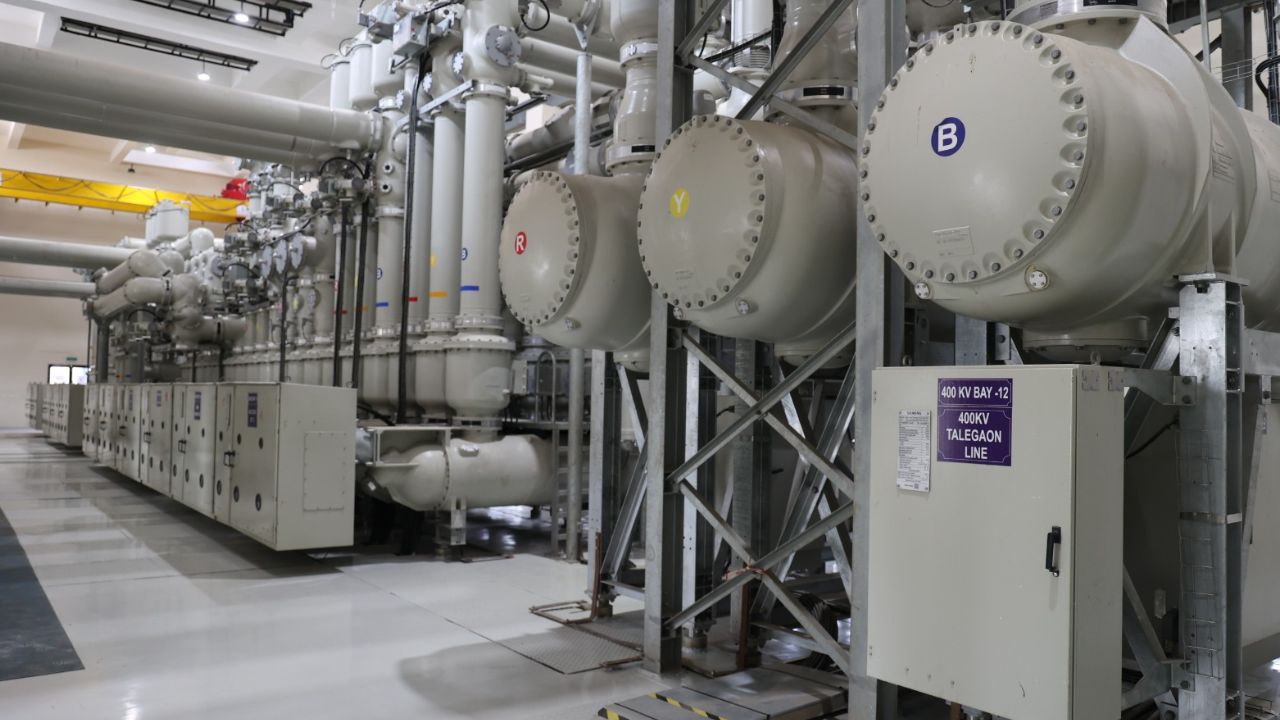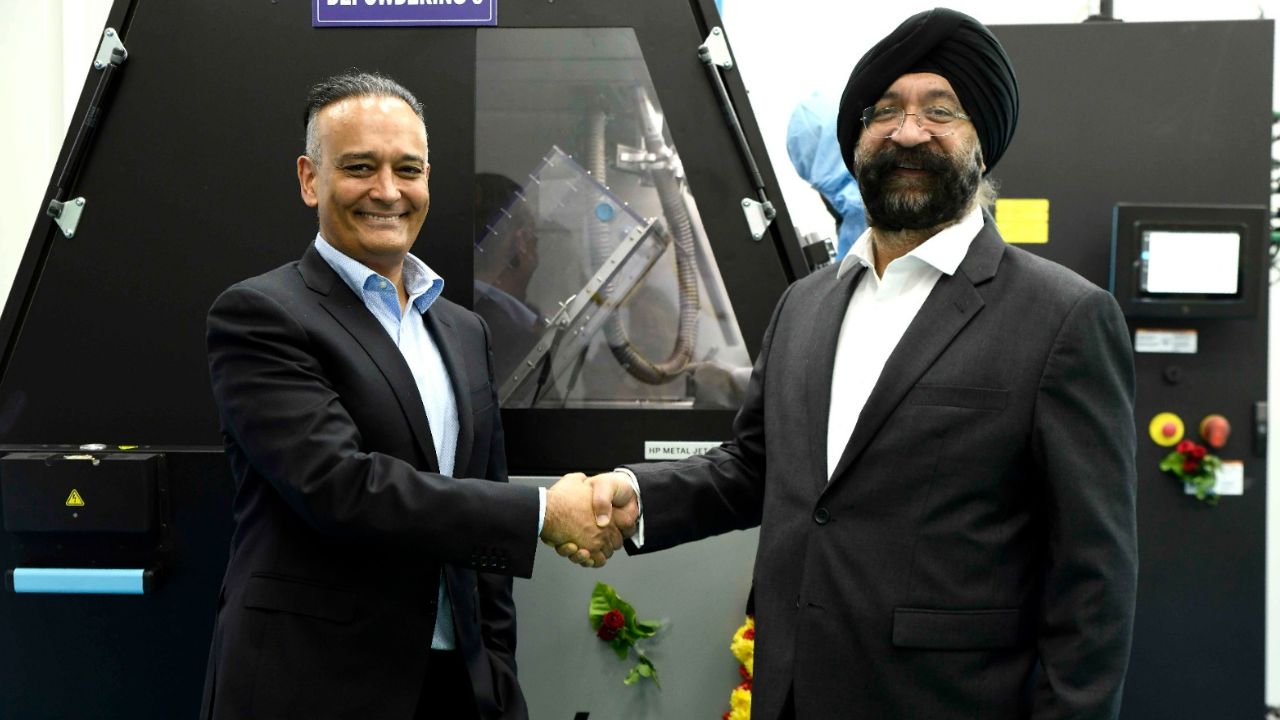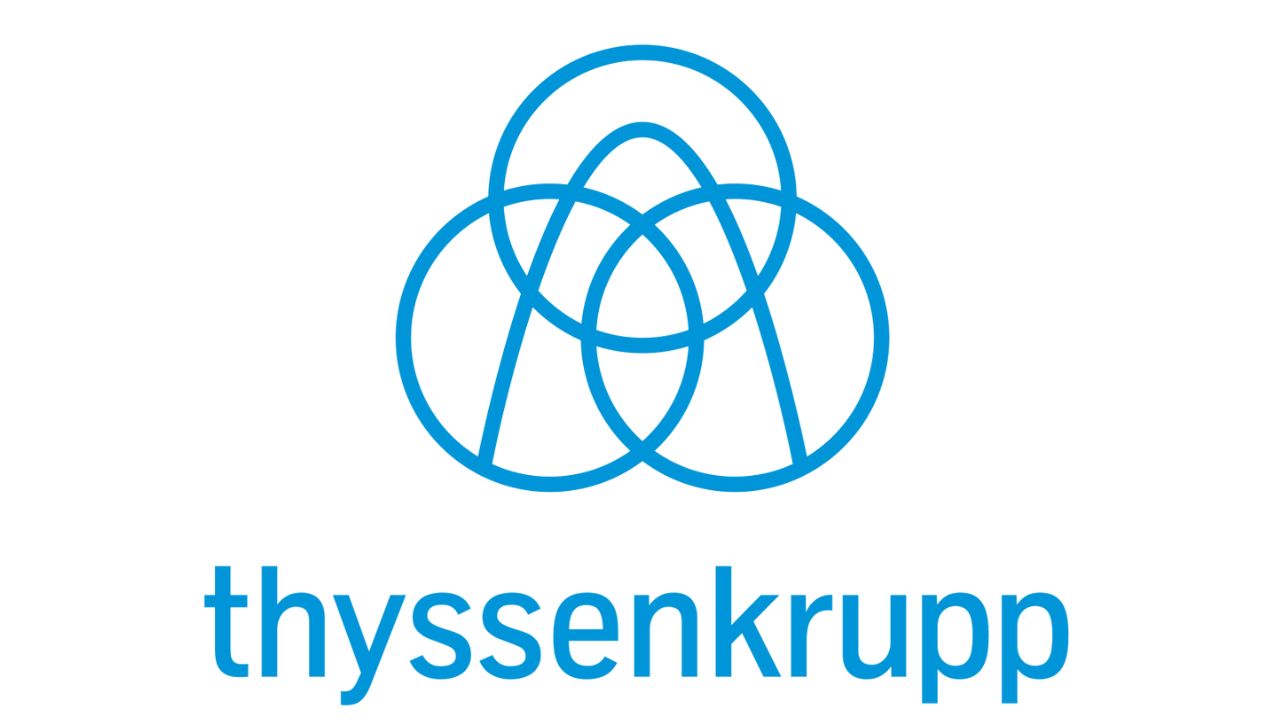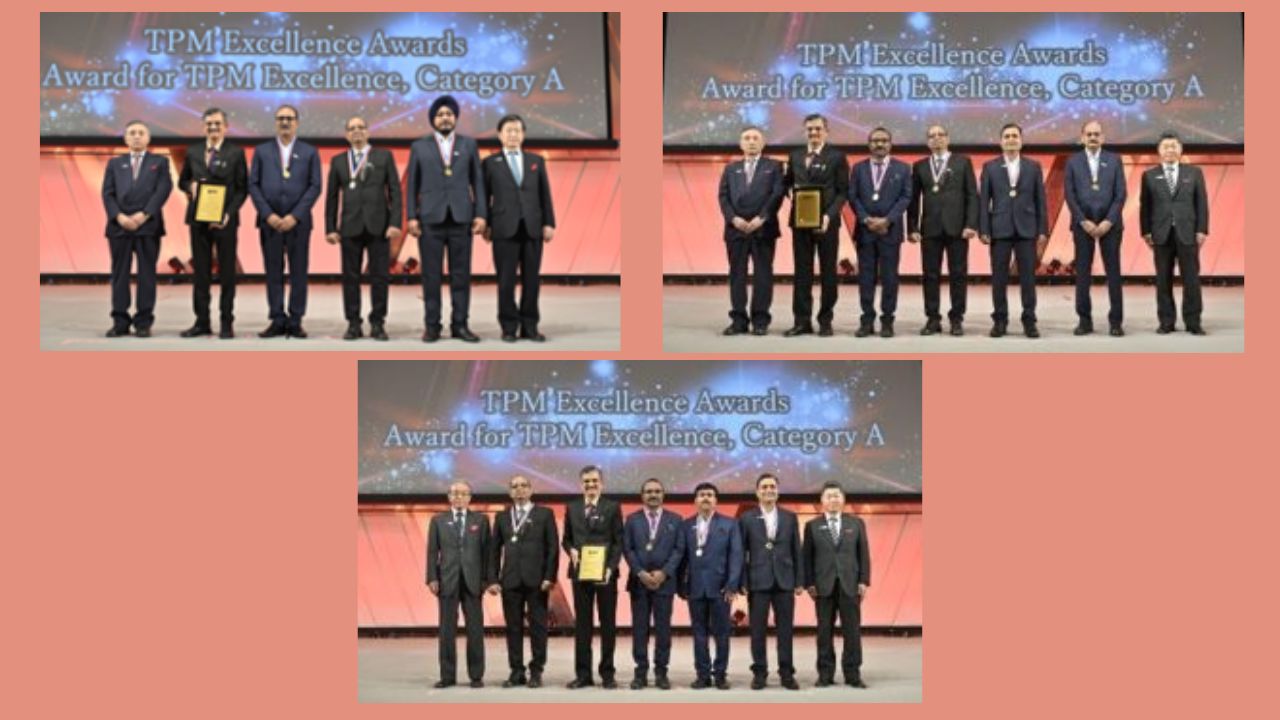India’s Manufacturing PMI Records Four-month High in January 2024
#PMI #IndianManufacturing #ManufacturingGrowth“India’s final manufacturing PMI showed that manufacturing activity accelerated in January. Current output expanded on robust demand, with domestic orders growing at a faster pace than export orders.” - Ines Lam, Economist at HSBC

February 2024 : In line with the inaugural HSBC Flash India PMI® data, the final results for the manufacturing sector pointed to a pick-up in growth momentum at the start of 2024. Spurred by positive demand trends, firms noted the fastest increases in new orders and production in four months. International sales also expanded at a quicker pace, while companies scaled up input purchasing and became even more optimistic towards the year-ahead outlook for output.
There was a modest increase in input prices which, combined with rising labour and transportation costs, underpinned a quicker uptick in output charges. The seasonally adjusted HSBC India Manufacturing Purchasing Managers’ Index™ (PMI) recovered from an 18-month low of 54.9 in December to 56.5 in January. The latest reading highlighted the strongest improvement in the health of the sector since last September. New orders placed with Indian goods producers rose at a sharp pace in January, and one that was the strongest in four months. Growth was reportedly boosted by marketing efforts and demand buoyancy.
Ines Lam, Economist at HSBC, said: “India’s final manufacturing PMI showed that manufacturing activity accelerated in January. Current output expanded on robust demand, with domestic orders growing at a faster pace than export orders. The input price index inched up, but manufacturers were able to pass on some of the cost pressures to consumers, as suggested by the small rise in the output price index.”
Underlying data showed that the upturn in total sales was supported by a further increase in new export orders. Goods producers reported stronger demand from clients spread across Africa, Asia, Australia, Europe, the Middle East and the Americas. Collectively, the rate of expansion in international orders was the fastest since last October.
Positive sales developments encouraged companies to scale up production volumes. Output rose to the greatest extent in four months. Meanwhile, input costs rose at the quickest rate in three months, albeit one that was moderate and among the weakest seen in three-and-a-half years. Rising input prices and demand strength, alongside greater transportation and wage costs, led manufacturers to increase their own fees in January. The average rate of charge inflation quickened to a three-month high and matched its long-run average.
Goods producers collectively recorded the fastest increase in outstanding business volumes in 15 months, with demand strength reportedly exerting pressure on their capacities. That said, the rate of accumulation was moderate overall. Nevertheless, the vast majority of survey participants opted to keep payroll numbers unchanged in January.
Favourable client appetite for goods and rising production requirements continued to support input buying growth at the start of the final fiscal quarter. Quantities of purchases expanded at a sharp rate that was the strongest in four months and considerably above its long-run average.
With suppliers comfortably able to accommodate for strengthening input demand, evidenced via broadly unchanged lead times, goods producers successfully added to their pre-production inventories. The rate of accumulation was sharp and one of the strongest in the near 19-year survey history.
Finished goods stocks continued its descent in January, with surveyed firms largely suggesting that orders had been met from inventories. Having eased to the slowest in six months, however, the pace of reduction was moderate. New product enquiries and diversification, alongside demand strength and publicity, boosted business confidence in January. Panellists were at their most upbeat towards the year-ahead outlook for output in 13 months.
NEWSLETTER
TRENDING ON PRO MFG
MORE FROM THE SECTION








